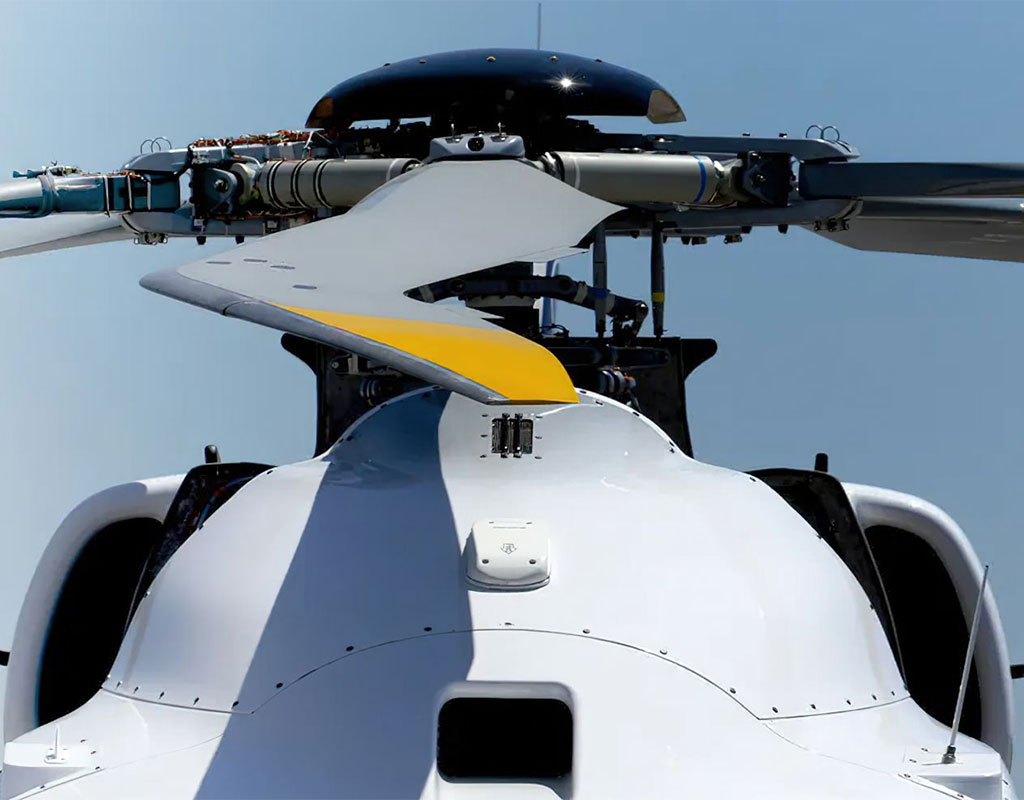The Vertical Aviation Safety Team (VAST) releases a white paper titled УInvestigation of a Rotorcraft Safety Rating Concept,Ф introducing an innovative proof-of-concept system aimed at elevating safety standards for vertical aircraft worldwide. The initiative seeks to incentivize the adoption of advanced safety technologies across both new and existing fleets, inspired by successful frameworks in other industries, such as automotive safety ratings.

Developed over two years, this safety rating system reflects the collaboration of a diverse global working group, including representatives from EASA, FAA, the UK’s CAA, major manufacturers, industry associations, and other stakeholders. The concept addresses critical challenges, such as how to accelerate the implementation of safety technologies, encourage a proactive safety culture, and improve outcomes in accident prevention and survivability.
“Vertical aviation safety remains a pressing challenge, especially with diverse fleets operating in varying environments,” says Chris Hill, cochair of the VAST Safety Promotion Working Group. УThis safety rating concept represents a bold step forward, offering operators, manufacturers, and customers clear incentives to prioritize safety enhancements.Ф
Key Features of the Safety Rating Concept†
The system evaluates safety features in two main categories:
- Prevention: Technologies such as terrain awareness systems, collision avoidance tools, and autopilot enhancements to reduce accident risks.
- Survivability: Features like crash-resistant fuel systems, energy-absorbing seats, and underwater egress capabilities to protect occupants in crash scenarios.
The ratings are tailored to specific missions, including public safety, air tours, construction, offshore operations, and emergency medical services, providing a transparent framework to guide operators in safety upgrades.
The white paper aligns with NTSB Recommendation A-22-19, addressing the prevention of inadvertent flight into instrument meteorological conditions (IIMC/UIMC) and proposing actionable solutions. This initiative represents the culmination of years of collaboration among global experts.
While the first-generation model focuses on a limited set of technologies, it sets the stage for future iterations to include additional innovations. Rigorous testing, validation, and feedback from industry stakeholders will refine the system to maximize its potential.
УBy creating a simple and transparent rating system, we aim to accelerate the adoption of proven safety technologies and ultimately reduce the rotorcraft accident rate,Ф says Hill.

